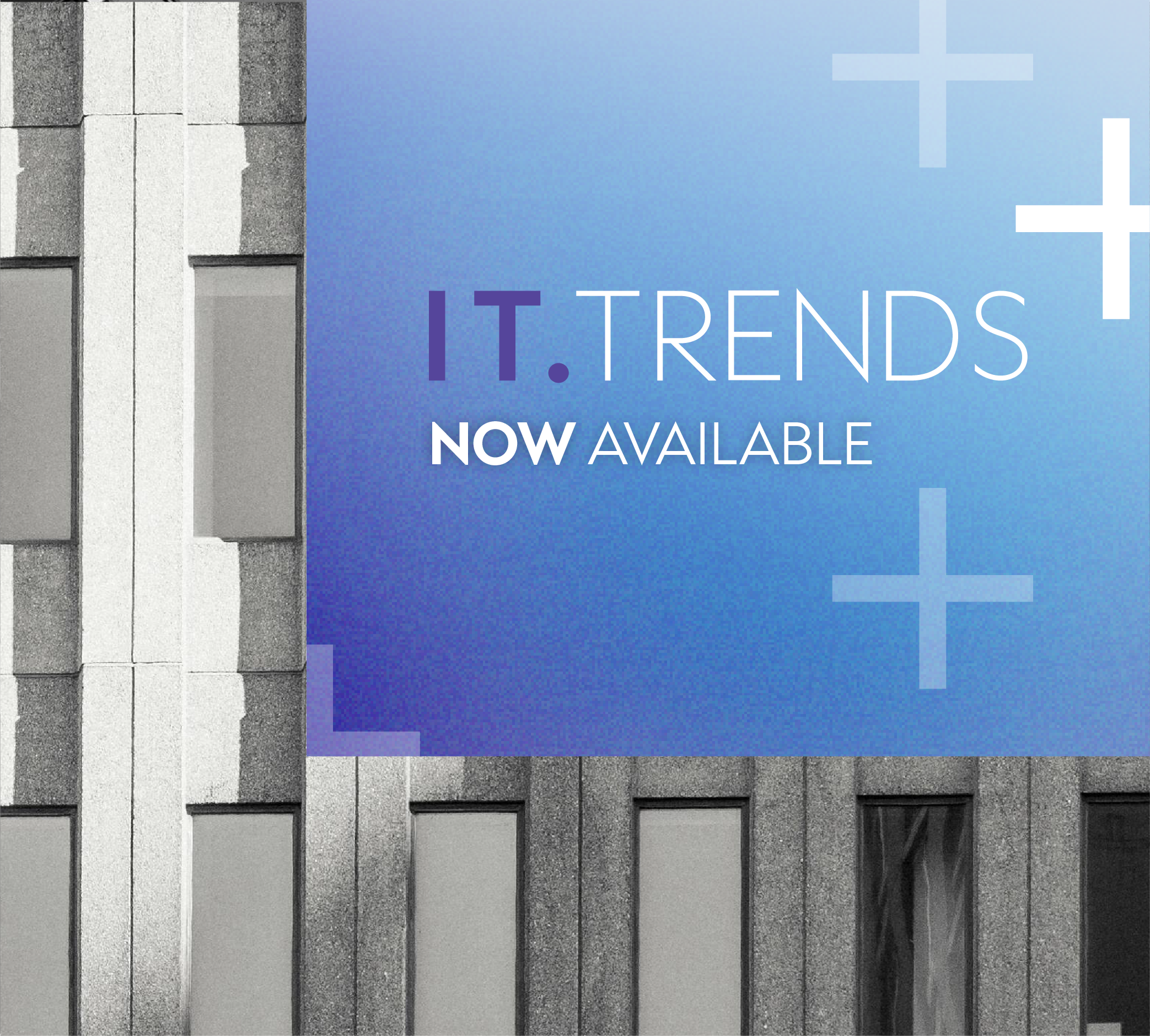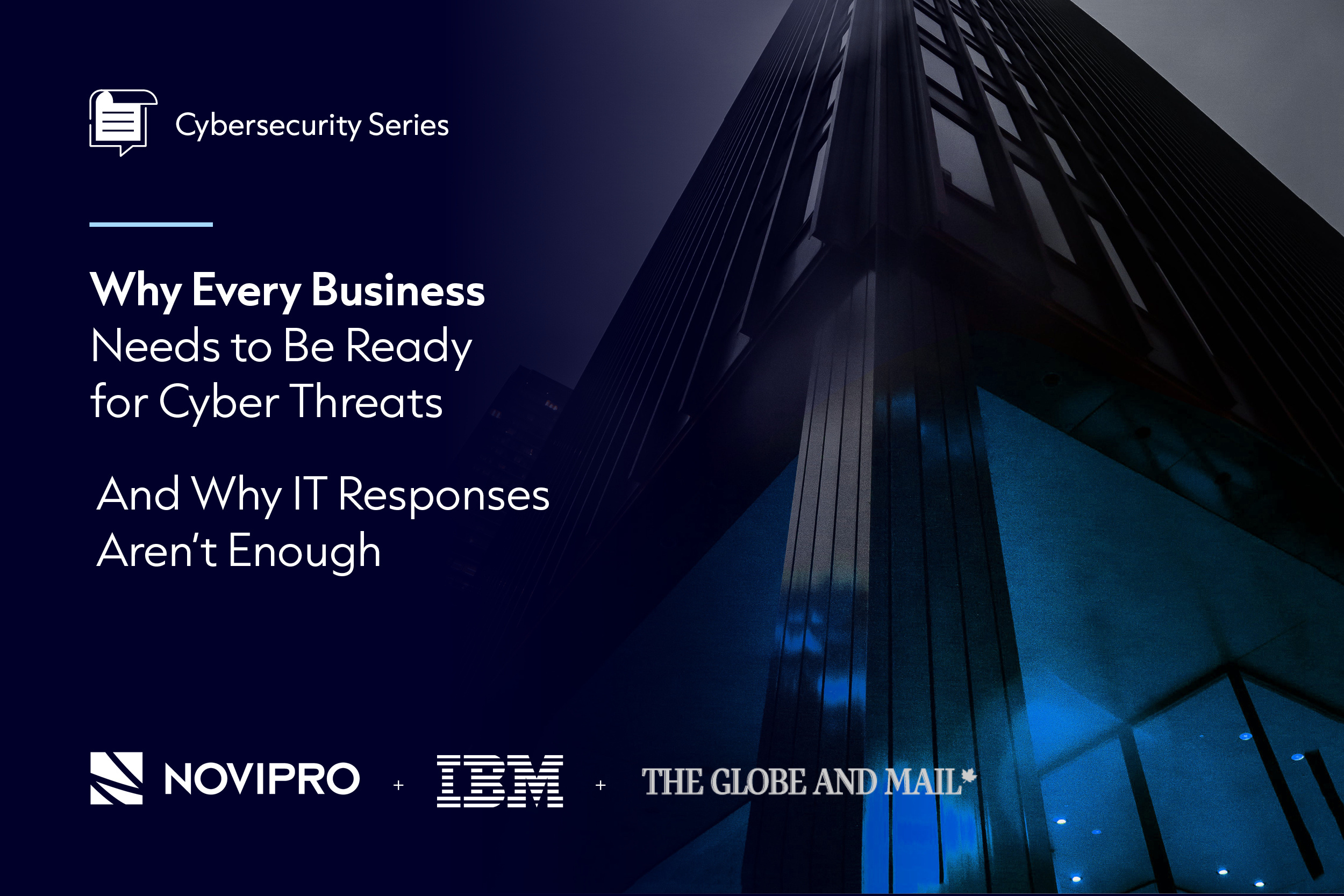Increasingly, small- and medium-sized businesses are deciding to transfer one or many of the IT functions to an external partner. It’s what we call the cloud (or externalization)—and it’s a financially beneficial endeavour, provided it’s done with business continuity in mind.
“New technologies were designed to support business activities,” states Pierre Tocci, Senior Advisor at NOVIPRO, an integrated management solutions supplier. “Companies that use them wisely always come out ahead!” However, if these technologies come from an external provider, it’s important to choose them carefully, since inherent risks can threaten the company’s operations.
Externalizing: a calculated risk
“People believe that externalizing their IT will save them money,” says Tocci. “And that’s true, but the reason behind this choice should go beyond dollars. The purpose of externalizing is to relieve your internal teams of duties that offer little added value so that they can focus on core projects or innovation.”
For example, maintaining technology infrastructure can account for up to 70% of IT spending. For smaller businesses, externalizing maintenance means that in-house employees can work on system development and optimization.
“These days, most companies externalize at least some of their IT services,” notes Tocci. “External suppliers handle things like updates, back-ups and increasing server capacity.”
Another advantage for small and medium enterprises is that they can access technologies and expertise that they otherwise may not have been in a position to gain. Since external suppliers are experts in their field, they have a lot of operational experience to offer.
Effectively defining your needs
Just because you decide to externalize your IT service management, doesn’t mean you can wash your hands of governance responsibilities. “Regardless of where the IT system is located, you must make sure that business continuity is guaranteed,” explains NOVIPRO’s senior advisor.
This means that your company remains responsible for its service offering. The external supplier is responsible for the “container,” but your company is still responsible for the “contents” (i.e., the data) and smooth business operations. “Even when you decide to externalize your IT services, you’re still responsible for them,” says Tocci. In his view, it’s important to properly negotiate your service agreement with your provider.
“It used to be that if there was a system outage, you just had to know on the IT manager’s door to find out what was happening,” explains Tocci. “Now, if you want the same type of service, you have to negotiate with your supplier. You want to minimize processing times and establish the right levels of alerts. Fast service costs more, but over time you may find that it is well worth the money. No matter which supplier you choose, there are bound to be issues. Good response time can make all the difference.”
A new role in your IT department
Outsourcing shouldn’t be synonymous with layoffs. What it should trigger is a change in the type of work your employees will do. For instance, IT administrators may become external service managers. “Businesses still need in-house employees to manage agreements, oversee their application, verify compliance and keep an eye on business continuity,” says Tocci.
Externalizing can be a great opportunity for small business that want to focus on their core services and business development—as long as they are able to effectively manage their service agreements with suppliers. Deciding to externalize your IT services is not something that should be taken lightly, particularly since it can affect all of the company’s operations.
Read the next article of our IT Transformation series : Putting technology to work for knowledge.








